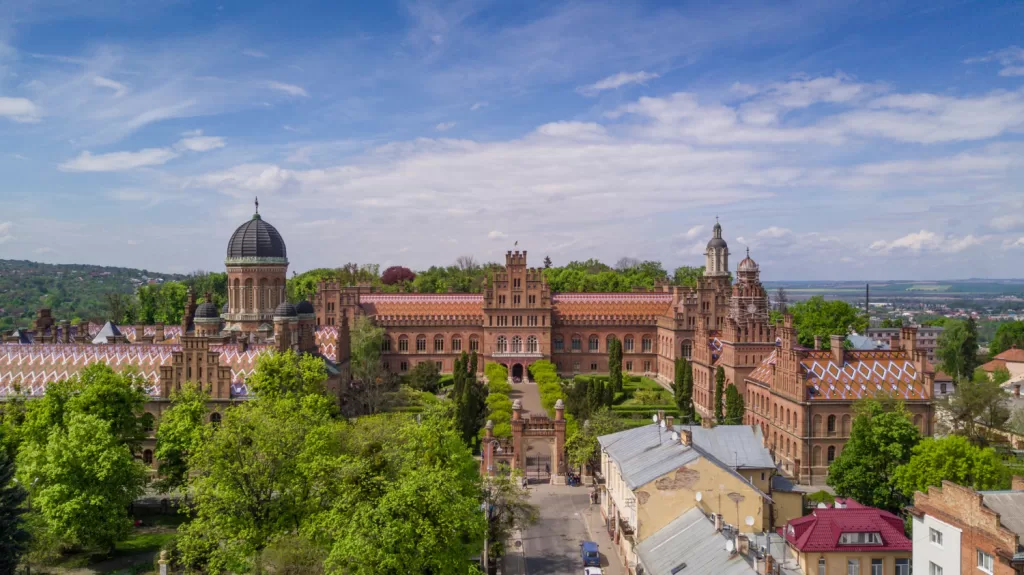👉 Identify Your Goals and Preferences:
– Academic Goals: What field of study are you interested in? What are your long-term career aspirations?
– Program Type: Are you looking for a bachelor’s, master’s, or PhD program? Do you prefer coursework or research-based programs?
– Location: Do you prefer a big city (e.g., Sydney, Melbourne) or a quieter town (e.g., Adelaide, Hobart)?
– Budget: What is your budget for tuition fees and living expenses?
– Post-Study Work Opportunities: Are you planning to work in Australia after graduation?
👉 Research Australian Universities: Australia has 43 universities, including the prestigious Group of Eight (Go8). Research universities based on:
– Rankings: Check global rankings like QS World University Rankings, Times Higher Education (THE), and Academic Ranking of World Universities (ARWU).
– Specializations: Look for universities that are strong in your field of study (e.g., engineering, business, medicine).
– Accreditation: Ensure the university and program are accredited and recognized globally.
👉 Check Program Details:
– Course Structure: Review the curriculum, subjects, and electives offered.
– Duration: Check the length of the program (e.g., 1-year master’s vs. 2-year master’s).
– Entry Requirements: Ensure you meet the academic, English language (e.g., IELTS, TOEFL), and other requirements.
– Intake Dates: Most Australian universities have two intakes: February/March (Semester 1) and July/August (Semester 2). Some universities also offer a third intake in November.
👉 Consider Tuition Fees and Scholarships:
Tuition Fees: Compare fees across universities. On average:
– Bachelor’s: AUD 20,000–45,000 per year.
– Master’s: AUD 22,000–50,000 per year.
Scholarships: Look for scholarships for international students, such as:
▶ Australia Awards.
▶ Endeavour Scholarships.
University-specific scholarships (e.g., University of Melbourne International Scholarships).
👉 Evaluate Living Costs and Accommodation:
– Living Costs: On average, international students need AUD 30,000 per year for living expenses.
– Accommodation Options: Compare on-campus housing, off-campus rentals, and homestays.
– City Comparison: Living costs vary by city (e.g., Sydney and Melbourne are more expensive than Adelaide or Brisbane).
👉 Check Post-Study Work Opportunities:
– Graduate Visa (Subclass 485): Allows international students to stay and work in Australia for 2–4 years after graduation.
– Industry Connections: Look for universities with strong ties to industries and internship opportunities.
👉 Review University Support Services:
– International Student Support: Check if the university offers orientation programs, academic support, and career services.
– Campus Facilities: Look for libraries, labs, sports facilities, and student clubs.
– Indian Community: A strong Indian student community can provide cultural support.
👉 Shortlist Based on Your Preferences
Create a shortlist of 5–10 universities based on:
– Academic reputation.
– Program suitability.
– Tuition fees and scholarships.
– Location and living costs.
– Post-study work opportunities.
👉 Prepare Your Application:
Documents Required:
– Academic transcripts.
– English language test scores (e.g., IELTS, TOEFL).
– Statement of Purpose (SOP).
– Letters of Recommendation (LOR).
– Resume/CV.
– Proof of funds.
Application Deadlines: Most universities have deadlines 3–6 months before the intake. For the 2025 intakes:
– Semester 1 (February/March): Apply by September–November 2024.
– Semester 2 (July/August): Apply by March–May 2025.
👉 Apply and Track Your Applications:
– Submit applications through the university’s online portal or via an authorized agent.
– Track your application status and respond promptly to any requests for additional documents.







